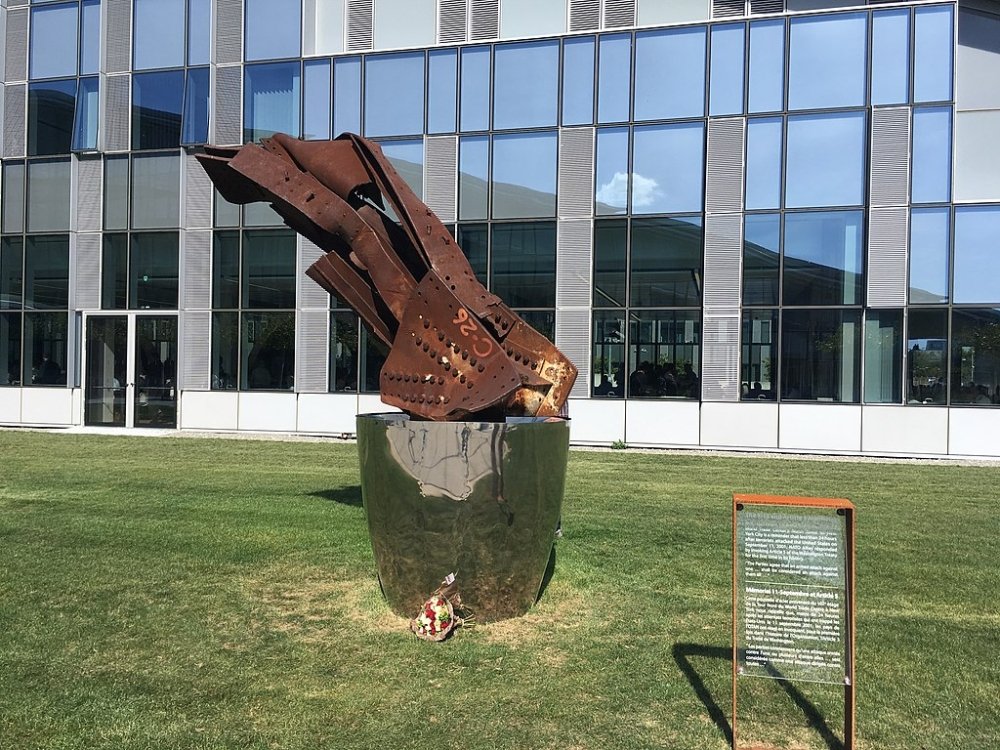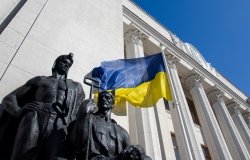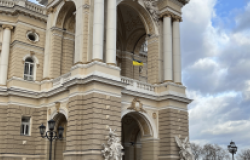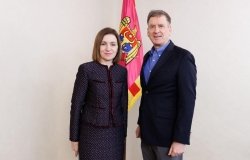
A blog of the Wilson Center
NATO, Article 5, and 9/11

NATO’s Article 5 has been invoked once… in support of the US shortly after September 11, 2001.
Donald Trump wasn’t the first president to complain about NATO. Nor was he the first to call out NATO members who fall short of their commitment to spend 2% of their gross domestic product (GDP) on national defense. George W. Bush often used NATO summits to demand that member nations meet their obligations. Barack Obama once referred to those who didn’t as “free riders.”
When US presidents (and others) criticize nations that fall short of the 2% commitment, they aren’t being petty or shrill. Taken together, the defense budgets of NATO members go to the heart of the alliance’s ability to deter attacks, which, after all, is the very reason for NATO’s existence. It provides tangible proof of what NATO could do if its Article 5 provision (which states that if any NATO ally is attacked, it is considered a defendable attack against all NATO allies) were invoked.
In 2006, NATO defense ministers agreed that each member nation would spend a minimum of 2% of its GDP on defense… though only a handful would follow through. At the 2014 NATO summit, held not long after Russia’s illegal annexation of the Crimean Peninsula, member heads of state formally reaffirmed the 2% commitment. At the time, NATO Secretary General Anders Fogh Rasmussen said, “the security of our countries and citizens is too important for us to cut corners, or to cut still more funds, and without security, we can have no prosperity.” By the end of 2014, the number of member countries giving the full 2% rose to 10.
In 2022, in the wake of Russia’s invasion of Ukraine, the number of member nations meeting the 2% standard increased again and reached 18 by 2024. And, as NATO officials were quick to point out, when the new contribution levels of all European NATO members are counted together, it adds up to 2% of their combined GDP.
NATO’s overall membership has grown since Russia launched its war on Ukraine. Finland and Sweden are now members, increasing the number of NATO allies to 32, bringing both additional defense dollars and strategic assets to NATO’s defense capabilities. Bosnia & Herzegovina, Georgia, and Ukraine (already “NATO partners”) have also declared their intent to join the alliance.
While the nearly two-decades-old 2% commitment is fundamental to NATO’s deterrence effect, by itself it’s not enough. Deterrence only works if foes and potential foes believe that the alliance and its members are ready and willing to mobilize after Article 5 is invoked.
One day after the horrific 9/11 terrorist strikes that killed thousands in New York, Pennsylvania, and our nation’s capital, the North Atlantic Council met and announced its intention to invoke Article 5. Secretary General Lord Robertson declared the move a “reaffirmation of a solemn treaty commitment.”
This marked the first time in NATO’s 52-year history—and the only time since—that Article 5 has been invoked. And to its credit, NATO went beyond mere words. In the months and years that followed, even though the US had by far the largest military and defense budget of any NATO member, others in the alliance still stepped forward to defend America and by extension, the alliance.
NATO launched operation “Eagle Assist,” its first anti-terror operation, and the first deployment of NATO military assets. Seven NATO AWACS (the world-renowned radar aircraft) were flown by 830 crew members of 13 nationalities to patrol and protect American skies. A second operation to deter terrorist activities on the waters of the Eastern Mediterranean, dubbed “Operation Active Endeavor,” soon followed. In addition, the North Atlantic Council unanimously adopted eight measures to promote intelligence-sharing, increase security, backfill assets, and provide further support against terrorist activities.
Just as Russia’s 2022 invasion brought NATO new members and greater compliance with the 2% commitment, it also changed how alliance members mobilized their own military resources against an increasingly aggressive, increasingly hostile Russia. Article 5’s promise of collective security likely emboldened members to send arms to Ukraine—they knew it wouldn’t diminish their own ability to respond to an attack. Allies pledged $700 million in aid, from body armor and transport vehicles to medical supplies and combat rations.
If you visit NATO headquarters in Brussels, you’ll find that a part of the World Trade Center’s North Tower rests on a gleaming silver pedestal… a somber reminder of American lives lost. But it also serves as a clear symbol of Article 5’s importance to its members, even the member with the largest military and defense budget. In his reflection on the memorial, Secretary General Jens Stoltenberg reaffirmed: “To bring an end to conflicts which fuel terrorism, we need political, diplomatic, and economic efforts. And we need military might.”
Stoltenberg’s words ring true for battles past and future against terrorism, and our current battle against a dictatorship on the march.
This article was researched and drafted with the assistance of Katherine Schauer.
About the Author











